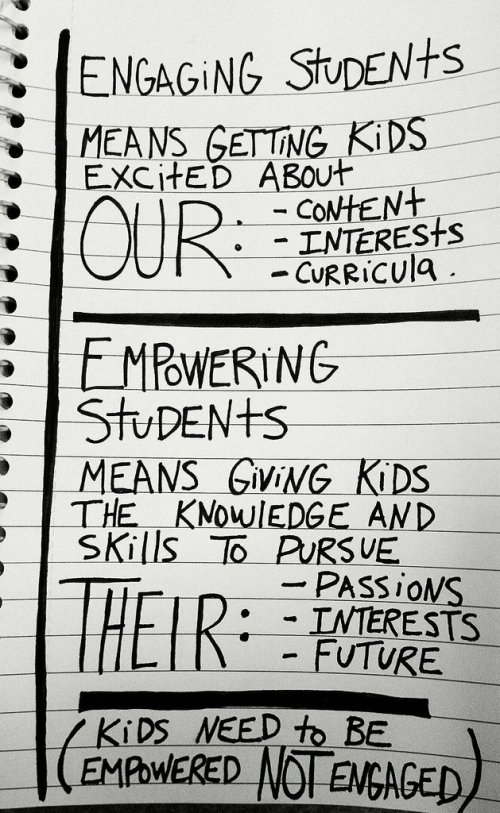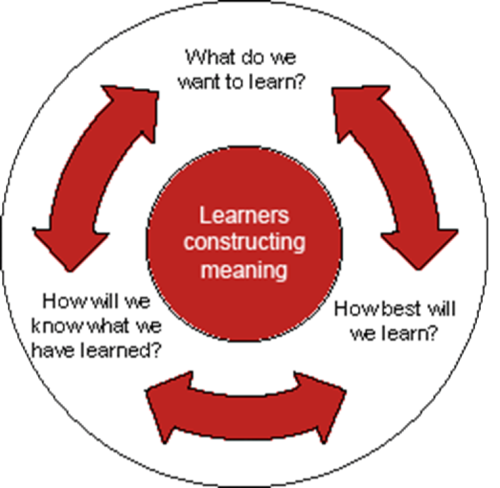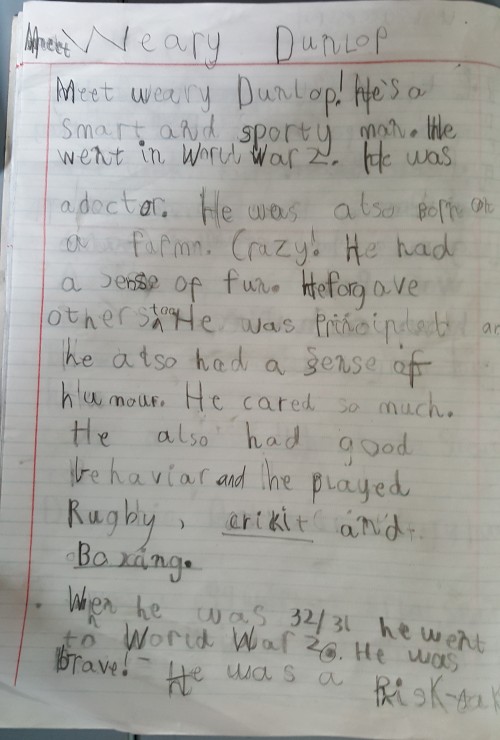Mark is in Year 10 in Victoria, Australia. I’m working with him to ‘be a better writer’. I’ve asked Mark if he’s happy for me to share his journey here and he is! We’re using Steve Peha’s book to guide us. Mark is an extremely bright, articulate young man.
Documenting Mark’s learning: Initial sample and observations
I asked Mark to write something he had to do for school and I discovered Mark is left handed. He suffers hand cramps and doesn’t have keyboard skills either. However, Mark is very computer literate, but had chosen to use his iPad or phone for everything. His subject content knowledge is high and he knew what the question was asking, but he has to be able to record his thoughts in an essay.

Above is Mark’s starting piece and my reference sample.
 Where to start: The Basics
Where to start: The Basics
I immediately asked Mark to change his posture and I checked his pen grip. I also asked him to write on every second line from now on and not scribble through changes. Dotting every second line gave the visual cue he needed. Mark’s incredibly receptive to advice. Just these few simple changes would enable Mark and his teacher to read back his writing and for Mark to correct his spelling and grammar whilst writing.
What do we/I want/need to learn? Kunyung P.S Learning Cycle

After observing Mark write and talking with Mark, he decided that punctuation is where we need to start first. Mark is invested!
The pen must be always in the hand of the writer. The writing belongs to the student! The student needs to be able to articulate their understanding of each question in the learning cycle
Below: After focusing on two punctuation and spelling rules you can already see a difference in the quality of Mark’s writing.

Whilst reading Steve’s book, I’ve tabbed certain reference points for myself. Unpacking Chapter 8: Better Punctuation has been interesting for me as a teacher.
Each chapter starts with ‘the stuff that matters most!, 10 things you need to know.’ This is followed by background information about rules and the b
est ways to learn about punctuation rules.
The beauty of this book is that its not written just for teachers, its written for students too.
Next is ‘Your Checklist for Better Punctuation.’ Steve explains the key things that effective punctuation involves using. He uses the phrase ‘Ask yourself’ after questions, which is an invitation to inquire.
On the side of the page are tips, each with an icon. These are terrific!
Light bulb: Think About This
Clip board: Three Great Things To Do OR Learn
Question Mark: Ask Yourself
A Key: Key Ideas
Magnifying Glass: Look Closely
Steve explains that the checklist doesn’t cover everything, but it covers the ‘most important five groups of punctuation’.
1. End of sentence punctuation
2. Mid-sentence punctuation
3. Capitalization
4. Paragraphing
5. Dialog
The chapter includes examples, explanations, tips and tasks for :
Punctuation Changes Almost Everything
Punctuation Reading
Punctuation Inquiry
When Sentences Go Wrong
The Muddle in the Middle
Example: The Muddle in the middle: I love the way Steve explains the Cantankerous Comma, the Dashing Dash, Polite or Impolite Parentheses, the Commanding Colon, the Superfluous Semicolon and the Ethereal Ellipsis.
What will Mark be focussing on this week?
At the end of each chapter there are activities to complete and Mark and I will be doing these. One activity we’ll do this week is: Take an Edit Pass Approach to Correcting Your Own Work following Steve’s steps. I’ll write about this in my next post!
Cheers Nina
































